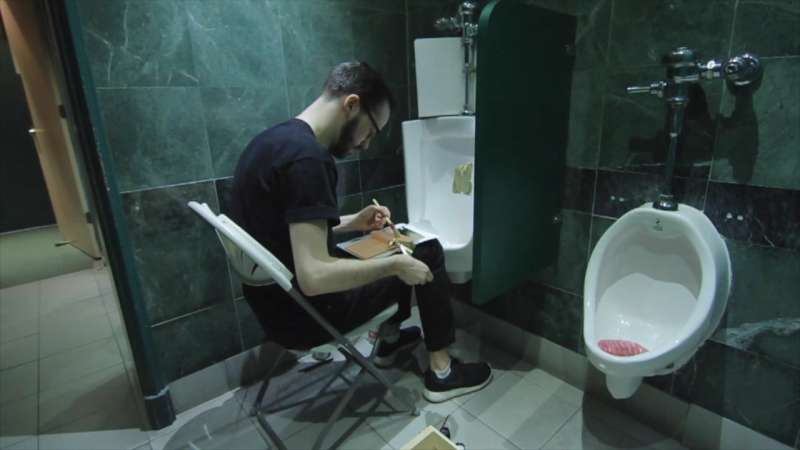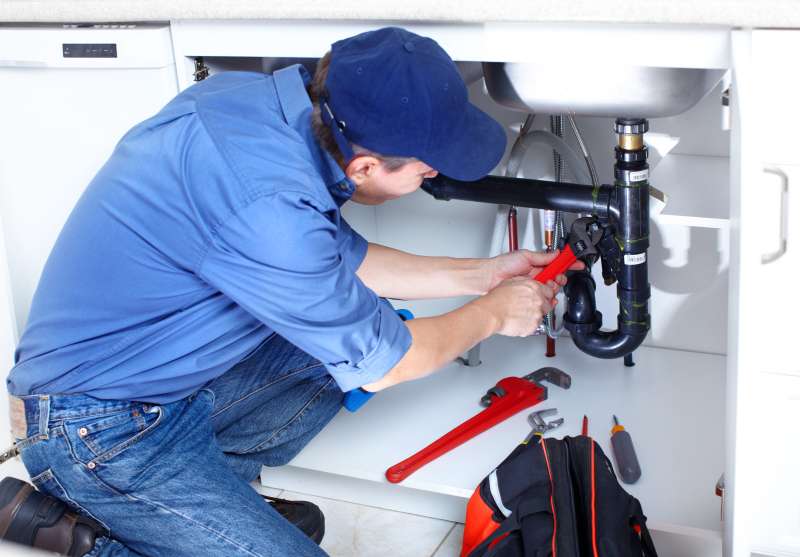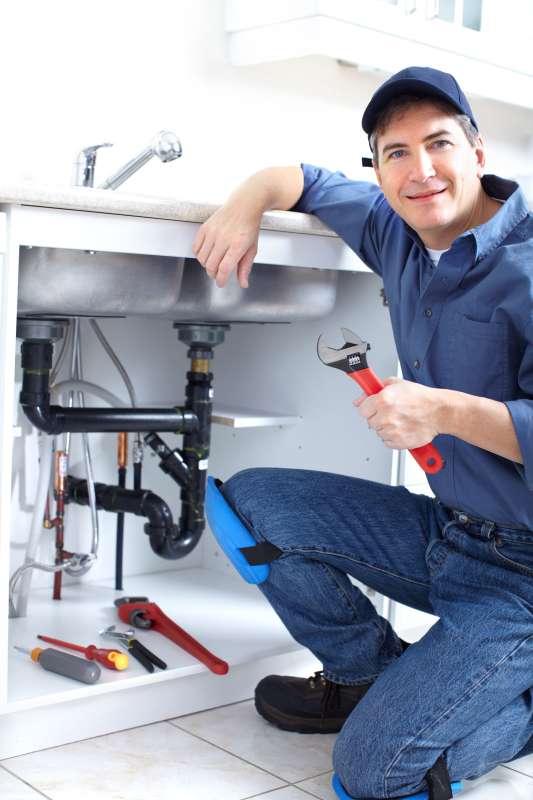Clogged Drains Plumbing Services in Dorchester Center, MA
Dorchester Center Clogged Drains Company ready now in Suffolk County
Clogged Drains provides a targeted plumbing service that clears blockages in sinks, showers, bathtubs, and sewer lines using advanced tools and diagnostic methods. The service involves removing clogs caused by debris, grease buildup, or invasive roots, restoring proper water flow and preventing further damage. With both emergency response and routine maintenance, this service supports a healthy and efficient plumbing system
We provide top notch Plumbing services throughout Suffolk County. Whether you need help with Clogged Drains or other issues, our Experts is ready.
Plumbing Services in Dorchester Center, MA

Appliances
Setting up dishwashers, water heaters (tank and tankless), waste disposal unit, and cleaning devices.

Backflow Testing and Prevention
Making sure backflow avoidance gadgets are working correctly.

Bathroom and Kitchen Remodeling
Relocating or upgrading plumbing systems.

Building Code Compliance
Guaranteeing plumbing systems fulfill local guidelines.

Burst Pipes
Immediate action to prevent flooding and water damage.

Clogged Drains
Cleaning obstructions in sinks, toilets, showers, and sewer lines.

Drain Cleaning
Regular cleaning to prevent obstructions and preserve flow.

Fixture Repairs
Fixing malfunctioning faucets, toilets, and other components.

Fixtures
Installation of sinks, faucets, toilets, bath tubs, and showers.

Gas Leaks
Emergency detection and repair work to prevent risks.

Gas Line Repairs
Fixing gas leakages and ensuring appropriate gas line functioning.

Greywater Recycling Systems
Setting up systems for recycling family wastewater.

Hydronic Heating
Installing and keeping glowing flooring heating systems.

Industrial Pipework
Specialized piping for factories or commercial settings.

Irrigation Systems
Installing and preserving outdoor irrigation.

Large-scale Installations
Plumbing systems for brand-new structures or renovations.

Leak Detection and Repair
Fixing leaks in pipelines, faucets, toilets, and appliances.

Overflowing Toilets
Quick resolution of severe obstructions and overflows.

Pipe Inspections
Utilizing electronic cameras to examine pipes for damage or obstructions.

Pipe Repairs
Repairing or replacing burst, worn away, or harmed pipelines.

Pipes and Fittings
Setting up new piping systems for water, gas, and drainage.

Pre-Purchase Inspections
Evaluating plumbing systems before buying property.

Rainwater Harvesting Systems
Installing systems to gather and use rainwater.

Regular Maintenance Contracts
Ongoing maintenance services for organizations.

Septic System Services
Putting up, repairing, and preserving sewage-disposal tanks.

Sump Pump Installation and Repair
Managing groundwater in basements.

Upgrading Fixtures
Installing water-efficient or modern-day components.

Water Efficiency Consulting
Advising on water-saving strategies and products.

Water Filtration Systems
Installing water softeners and purification systems.

Water Heater Maintenance
Flushing and examining water heaters to extend life-span.

Water Heater Repair
Attending to concerns with temperature, leakages, or failure to heat water.

Waterproofing
Protecting basements or other areas from water intrusion.

Sewer Backups
Immediate attention to prevent contamination and health dangers.


